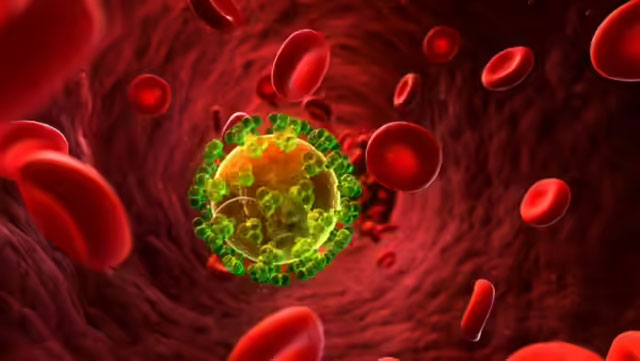Daijiworld Media Network – New Delhi
New Delhi, Sep 15: Decades into the battle against HIV-1, scientists are increasingly focused on a remarkable class of infection-fighting proteins known as broadly neutralising antibodies (bNAbs), which can block a wide range of HIV strains and hold promise for both vaccines and future therapies.
A key breakthrough came in 1994 with the discovery of the antibody b12, first reported in Science. Isolated from an HIV-infected patient, b12 displayed exceptional potency—matching the effect of pooled plasma from multiple patients at just one-fifth the concentration. Crucially, it targeted the virus’s hard-to-reach gp120 envelope protein, stopping HIV from entering human immune cells.

Since then, researchers have identified other powerful bNAbs—such as VRC01, PG9, PG16, 10-1074, and 3BNC117—that bind to distinct sites on the virus, including the CD4 binding site, the V1/V2 apex, and the V3 glycan patch. In animal studies, some of these antibodies protected primates against HIV-like infections, and early human trials show they can reduce viral load and delay rebound when standard antiretroviral therapy is paused.
In India, scientists report that bNAbs targeting the V3 glycan of locally circulating HIV strains are especially effective, while those aimed at the V1/V2 apex show lower potency.
Researchers continue to probe how these rare antibodies develop naturally, hoping to design vaccines that prompt similar immune responses in healthy people. The discovery of bNAbs like b12 remains a milestone, fueling optimism for long-lasting treatments and the ultimate goal of an HIV-free world.